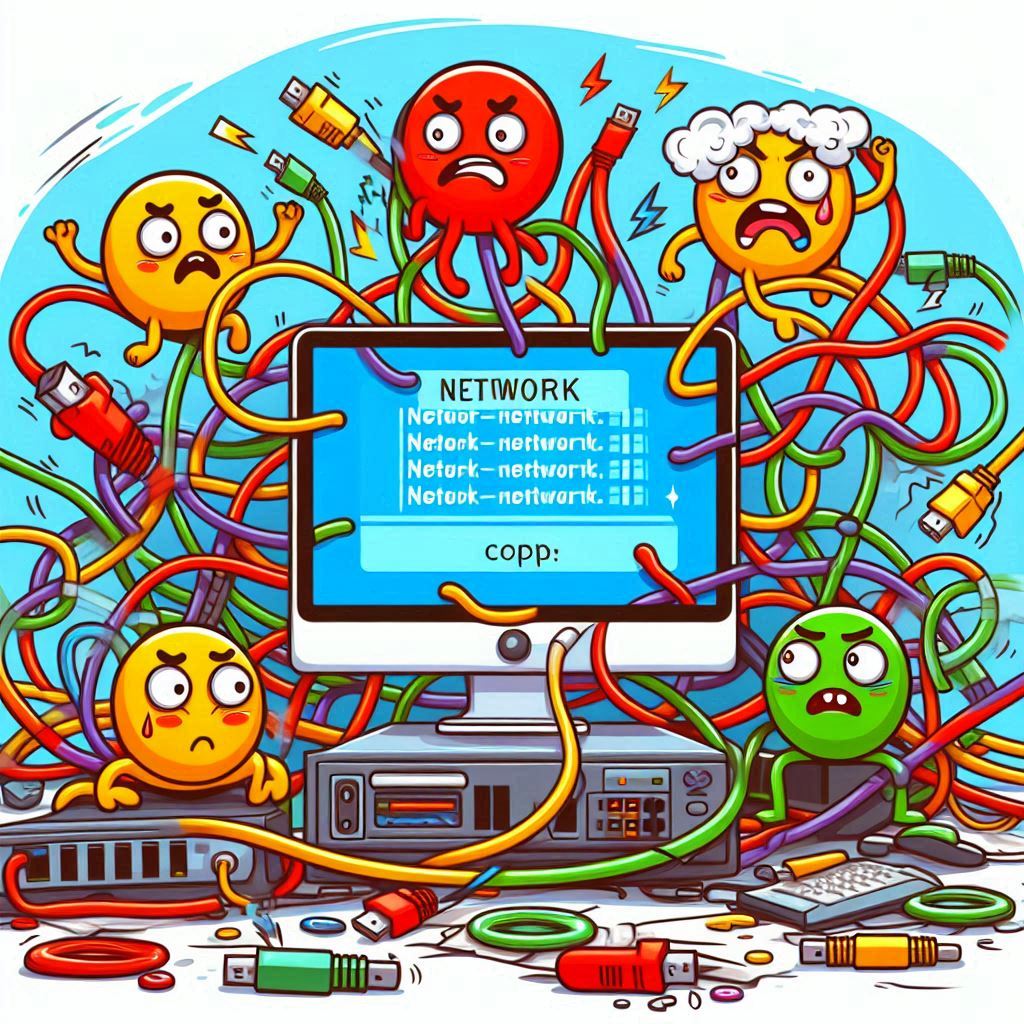Cyberattacks: Types and Preventive Measures
The digital revolution has undoubtedly made life easier and more convenient, but it has also amplified the threat of cyberattacks. These attacks not only lead to economic losses but also compromise national security and personal privacy. With the increasing reliance on technology, the frequency and sophistication of cyberattacks have grown significantly. In recent years, India has witnessed a sharp rise in cyberattack attempts, underscoring the critical nature of this evolving threat.
What are Cyberattacks?
Cyberattacks are harmful actions executed using computer systems, networks, or the internet. Their goal is to steal data, damage systems, or disrupt operations. These attacks take various forms, including phishing, hacking, ransomware, spyware, and malware.
Types of Cyberattacks and Their Impact
In the digital age, the threat of cyber attacks has increased, posing a serious challenge to our personal and organizational security. Cyber attacks come in various forms, such as phishing, hacking, ransomware, spyware, and malware attacks. These attacks aim to steal data, damage systems, or disrupt operations. We will discuss the different types of cyber attacks and their impacts in detail so that you can take the right measures to protect yourself.
Phishing Attack
What it is: A phishing attack is a social engineering attack where attackers send fraudulent messages, often posing as trustworthy entities, to trick individuals into revealing personal information.
Impact: Phishing can affect anyone, from individual users to large organizations.
Example: Emails, SMS, and calls pretending to be from banks, social media accounts, or online services requesting login details.
How to stay safe: Be cautious of unsolicited emails, verify the sender's authenticity, avoid clicking suspicious links, and use multi-factor authentication (MFA).
Malware Attack
What it is: Malware is harmful software designed to damage systems, steal data, or disrupt system functionality.
Impact: This can affect everyone from individual users to large organizations.
Example: Viruses, worms, Trojan horses, spyware, ransomware, etc.
How to stay safe: Use antivirus software, avoid clicking suspicious links, and regularly update software.
Ransomware
What it is: Ransomware is malware that locks your data and demands a ransom.
Impact: Dangerous for business users and professionals.
Example: Locking important files or systems and demanding ransom. The 2017 WannaCry ransomware attack affected over 150 countries.
How to stay safe: Regularly back up data, avoid clicking on suspicious links, and use antivirus software.
Spyware
What it is: Spyware is harmful software that monitors your online activities.
Impact: Affects all age groups and professionals.
Example: Stealing browsing history and passwords. The Pegasus spyware affected the privacy of many prominent personalities..
How to stay safe: : Avoid clicking on suspicious links and use anti-spyware software.
Hacking
What it is: Hacking involves unauthorized access to your computer system or network.
Impact: Dangerous for business and professional users.
Example: Hacking a company's server to steal data.
How to stay safe: Use strong passwords and firewalls.
Denial-of-Service (DoS) Attacks
What it is: DoS attacks attempt to destabilize servers or networks.
Impact: Dangerous for business and professional users.
Example: Overloading a website with traffic. In February 2020, Amazon Web Services experienced a large-scale attack.
How to stay safe: Follow network security measures.
Social Engineering Attacks
What it is: These attacks use human psychology to steal sensitive information.
Impact: This can affect all age groups and professionals.
Example: Obtaining bank details via phone calls. Fake calls like "I'm calling from your bank."
How to stay safe: Do not share sensitive information with unknown individuals.
Cryptojacking
What it is: Uses your computer's resources to mine cryptocurrency.
Impact: Dangerous for business and professional users.
Example: Slowing down your computer/device.
How to stay safe: Use antivirus and anti-malware software.
Juice Jacking
What it is: Stealing data through public USB charging points.
Impact: This can affect all age group and all professionals.
Example: Data theft in public places.
How to stay safe: Be cautious at public charging stations and use USB condoms.
Brute Force Attack
What it is: A technique where hackers try different combinations repeatedly to break passwords or encryption.
Impact: Users and systems with weak passwords.
Example: Accessing a user's account by guessing the password.
How to stay safe: Create strong and complex passwords, use two-factor authentication, and limit login attempts.
Man-in-the-Middle (MITM) Attack
What it is: In this type of attack, the attacker intercepts communication between two parties to steal or alter data.
Impact: Puts sensitive data such as banking information and personal messages at risk.
Example: Intercepting data while using public Wi-Fi networks.
How to stay safe: Use encrypted connections (HTTPS), avoid sharing sensitive information on public Wi-Fi, and use VPNs.
Deepfake Technology
What it is: Creates fake video or audio content.
Impact: This can affect all age groups.
Example: Creating fake videos for fraud. The Rashmika Mandanna deepfake case.
How to stay safe: Identify and report fake content.
Consequences of Cyberattacks
Economic Loss: Cyberattacks can cause financial losses to individuals and organizations..
Data Loss: The loss of sensitive data is a serious threat to both privacy and security.
Loss of Privacy: Spyware and identity theft can lead to leakage of personal information.
Loss of Credibility: Institutions affected by cyberattacks can suffer significant reputational damage.
Threat to National Security: Cyberattacks can disrupt military and government systems, endangering national security.
India's Position: In 2024, India ranked as the second most targeted country for cyberattacks, highlighting an urgent need to strengthen its security systems. With technological advancements, cybercriminal activities are escalating rapidly, targeting personal data, businesses, and government institutions.
Awareness and Participation
This blog has provided valuable information about cybersecurity, but it is equally important to recognize your responsibility. Stay vigilant to protect yourself, your family, friends, and your social circle from cyberattacks and cybercrimes. Share this blog with your friends, family, and community to spread awareness. Regularly update yourself on cybersecurity information and make others aware of it. Let’s work together to create a secure digital India.
In this blog, we have discussed various cyberattacks and tried to understand how these attacks can affect different age groups and professionals. In 2024, India became the second most targeted country for cyberattacks, highlighting the need to strengthen our security systems. Vigilance, awareness, and adherence to security measures are essential to prevent cyberattacks. Even a small negligence can lead to significant danger. In the next blog, we will discuss phishing in detail and provide prevention measures.
Call to Action:
Contributors:
Authors: Gagan Deep & Saminder Kaur

